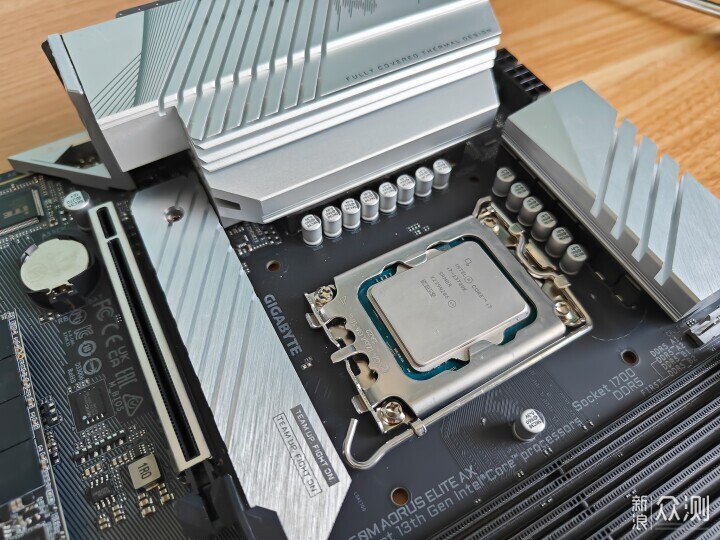A Beginner’s Guide to Improving Computer Performance Through BIOS Settings
For many computer users, the BIOS (Basic Input and Output System) remains a mystery, often left untouched as they go about their computing tasks. However, delving into the BIOS and tweaking a few settings can result in significant improvements in your computer’s performance.
The BIOS, often overlooked, is the underlying system that controls and manages the basic functions of your computer. By making adjustments to certain settings, users can unlock the true potential of their hardware. Today, we will share with you some simple settings and functions that can greatly enhance your computer’s performance.
One such feature is XMP (Intel Extreme Memory Profiles) overclocking. Contrary to popular belief, XMP overclocking is a straightforward process that can yield impressive results. By enabling the XMP function in the BIOS, the system can automatically overclock the memory to a certain frequency, enhancing its performance. This can make a significant difference, especially for users who have invested in high-frequency memory modules.
Take, for example, the Gigabyte Xiaodiao WIFI B760M AORUS ELITE AX motherboard, which supports DDR5 memory with a maximum frequency of 7600MHz+. When combined with the i7-13700K CPU and Jinbaida’s DDR5 6800 Black Blade series memory, the potential for improved performance becomes evident.
Enabling XMP in the BIOS can elevate the memory’s frequency from the default 4800MHz to 6800MHz, resulting in a 20%-40% increase in read and write speeds, as well as a significant reduction in latency. The impact of this simple adjustment on benchmarking tests, such as AIDA64 and Master Lu, is striking and clearly demonstrates the benefits of utilizing the XMP function.
Moreover, for users who own Gigabyte’s B760 and Z790 motherboards, simply enabling the low-latency high-bandwidth feature in the BIOS can further enhance performance. This function, which requires minimal technical expertise, can significantly improve the read and write speeds, as well as reduce latency, as observed in benchmarking tests.
It’s important to note that these features are not limited to advanced users or overclocking enthusiasts. They are accessible to all and can be seamlessly integrated into the BIOS settings, offering a tangible and accessible way to optimize system performance.
In conclusion, the BIOS settings offer a wealth of potential for improving computer performance. Whether it’s through XMP overclocking, low-latency high-bandwidth features, or CPU voltage adjustments, users can tap into these functions to unlock the full capabilities of their hardware. These simple but powerful settings should not be overlooked, as they can make a profound impact on the overall performance and efficiency of your computer.
